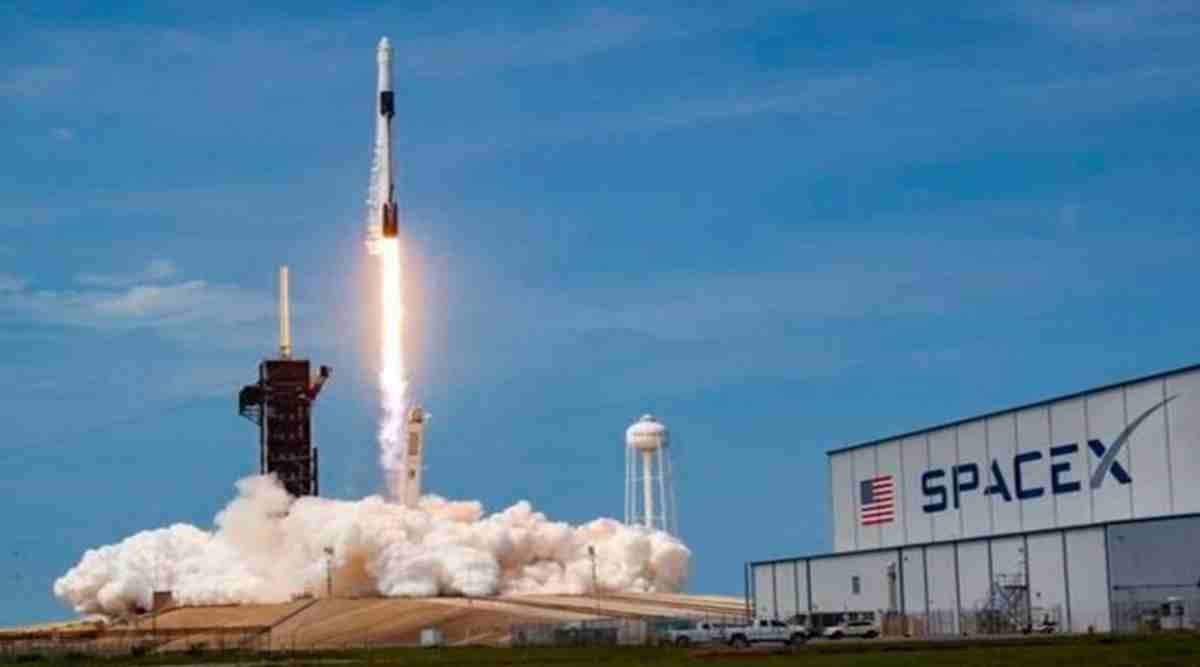
SpaceX has once again marked its presence in the cosmos with the successful launch of its Falcon 9 rocket, this time carrying a payload of 23 Starlink satellites into low Earth orbit from the Kennedy Space Center. This launch is part of SpaceX’s ambitious project to enhance global broadband internet coverage through its ever-expanding Starlink satellite constellation.
Key Highlights:
- The Falcon 9 rocket lifted off from Launch Complex 39A at NASA’s Kennedy Space Center.
- This mission, dubbed Starlink 6-38, deployed 23 satellites aimed at expanding SpaceX’s broadband internet coverage.
- The first-stage booster, identified as B1062, successfully landed on the droneship ‘A Shortfall of Gravitas’ marking its 18th flight.
- SpaceX executed this launch alongside preparations for other significant missions, including a Northrop Grumman Cygnus spacecraft bound for the ISS and the Starlink 7-12 mission from Vandenberg Space Force Base.

SpaceX’s relentless pursuit of innovation and its commitment to reusability were on full display with this launch. The B1062 booster’s 18th flight is a testament to the company’s successful efforts in reducing the costs associated with space travel. Moreover, the launch from Kennedy Space Center’s Launch Complex 39A adds to SpaceX’s impressive track record, highlighting its role in the ongoing exploration and utilization of outer space.
The launch not only underscores SpaceX’s leading position in the aerospace industry but also its pivotal role in bridging the digital divide across the globe. With each successful Starlink mission, SpaceX moves closer to its goal of providing high-speed internet to underserved and remote areas worldwide. This mission’s success is a crucial step in that direction, as it expands the constellation’s capacity to deliver broadband services.
Furthermore, the launch was part of a doubleheader of Starlink missions, demonstrating SpaceX’s operational efficiency and its ability to maintain a rapid launch cadence. This capability is critical as the company continues to expand its satellite constellation, which aims to deliver uninterrupted and affordable internet access globally.
As SpaceX continues to advance its technological boundaries, its impact extends beyond the aerospace industry, contributing to significant socio-economic benefits on a global scale. The expansion of the Starlink constellation is a key component in addressing connectivity challenges faced by remote communities, thereby fostering greater digital inclusion.
In essence, SpaceX’s latest Falcon 9 launch not only exemplifies the company’s engineering prowess but also its dedication to facilitating global connectivity. As the Starlink constellation grows, it paves the way for a more connected world, underlining the critical role of space technology in shaping our digital future.SpaceX’s Falcon 9 launch from Florida is more than just another mission; it’s a manifestation of the company’s broader goals for space exploration, technological advancement, and global connectivity.
As SpaceX continues to expand the Starlink constellation, the focus will increasingly shift to the service’s performance, affordability, and accessibility. The impact of these satellites on astronomical observations and space traffic management will also be closely monitored. Additionally, SpaceX’s upcoming missions, including further Starlink launches and projects such as the Mars colonization effort with the Starship vehicle, will further demonstrate the company’s ambitious goals for space exploration and its role in shaping the future of humanity’s presence in space.


















